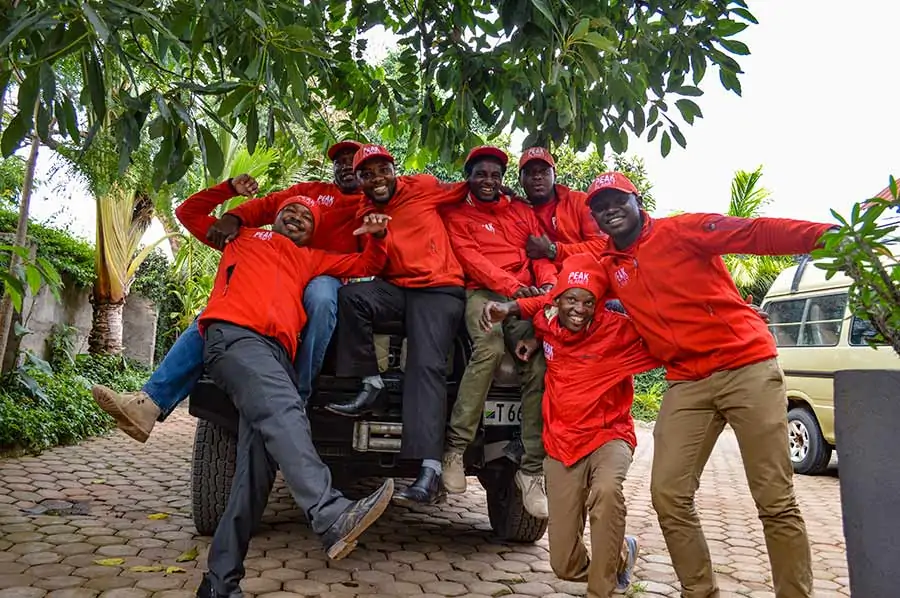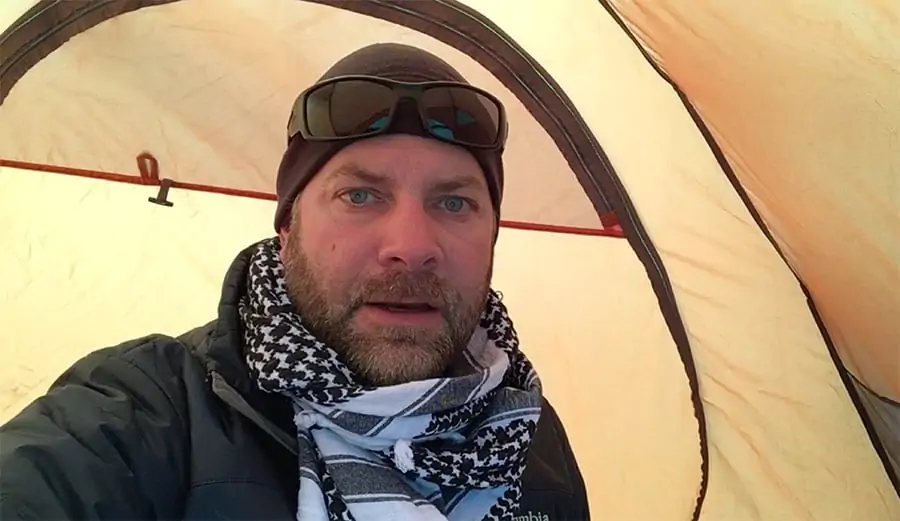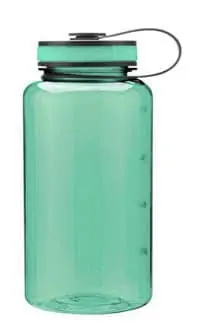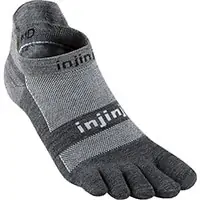You just returned from Mount Kilimanjaro and are reflecting back on your amazing trip of a lifetime. As you edit all your photos and reminiscing about the magical draw of Kilimanjaro, you wonder if you’d ever go back to the “Roof of Africa”. If you did, you now have an idea what you are in for and how to prepare better the next time around.
So what can you do the next time so it would be more enjoyable? Of course, you’d book with Peak Planet again, how could you not? The guides were simply amazing! They are such great people, you are fully aware that the reason you were able to push past the challenges and make the summit is due to the unwavering support from the guides.
 First of all, you would look closer at the gear list and make sure you brought everything on the list, including the optional items.
First of all, you would look closer at the gear list and make sure you brought everything on the list, including the optional items.
After gathering all the required gear, start your journey on how to make climbing Kilimanjaro better by looking through the list below. These are comments we have received from our client’s after their trip and what we suggest to make things better.
What can I do at camp to pass the time?”
Bring a book or two
There is a lot of downtime on your climb. Some days you get to camp by noon and then have nothing to do for hours. You can, of course, take a nap, relax, let your body recover from the harshness of the environment. But during this downtime, it is nice to have a book to read to pass the time. If you are a fast reader, maybe bring two books.
Create a video journal
 Another way to pass the time is to create a video journal. Talk about the day, how you are feeling, what you saw, and what an amazing time you are having. Once you are home you can put together a video to amaze your friends and family. Plus you can watch it later and reminisce on what an awesome trip you had.
Another way to pass the time is to create a video journal. Talk about the day, how you are feeling, what you saw, and what an amazing time you are having. Once you are home you can put together a video to amaze your friends and family. Plus you can watch it later and reminisce on what an awesome trip you had.
Don’t forget to pack a power bank or solar charger so you have enough battery power to finish your journal. There are no charging stations on Kilimanjaro.
Photos
You can also use this time to shoot photos and review the photos you took along that day’s trek.
I felt fatigued and struggled with the altitude.”
Eat and drink more
Climbing Kilimanjaro is hard on your body. Climbing to such extreme heights in such a short amount of time takes a lot of energy. In order to keep up your stamina, you need to eat and drink much more than normal. If you are continually feeding your body, then it doesn’t struggle as much with the elevation. This will help you combat the symptoms of altitude sickness. Staying hydrated also helps with this. Our guides will tell you to continually drink. We know it is cold, and drinking cold water isn’t that appealing, but do it anyway.
I didn’t like the taste of the water.”
Bring both a 3-liter bladder and a Nalgene type bottle. Bring Nuun or Gatorade type powder to flavor the water in your Nalgene. We get the water from the streams on the mountain. We also treat it for you so you do not need a filter.
I didn’t sleep well because the person next to me was snoring.”
Bring earplugs
Our climbs have lodging included in the climb price for the nights before and after the climb. This is double occupancy. The same goes for our tents. Our tents are 4-person all season tents. There is plenty of room for two people plus their gear. However, remember that guy next to you was snoring pretty loudly. If only you had brought earplugs.
Maybe the person in your tent doesn’t snore, but what if the person two tents away does. What if you are a light sleeper? Bring earplugs. It’ll help. To get used to them, we recommend sleeping with them before arriving in Tanzania. Bring several pairs. You can also use them on your long flights and if you booked a safari, the animals can be quite noisy at night.
Book a single supplement
Another way to sleep better is to book a single supplement for either the tent, hotel or both. This will give you space to sprawl out and will make it easier to sleep since you’ll have your own space.
It was a hassle getting out of the tent to use the bathroom at night.”
Bring a pee bottle
You read pee bottle on our list of items to bring, but you thought that is was silly. In hind site, you now realize it was a good idea. Several nights you laid there hoping you wouldn’t have to get up, put on a bunch of clothes and make your way through the cold and darkness to the private toilet tent. But you inevitably had to and you wish you’d brought a pee bottle and some wipes.
When purchasing the bottle don’t buy one that is similar to your Nalgene in size and color. Wrap tape around it and label it if you have to. You can dispose of the contents in the toilet tent in the morning.
I felt rushed and confused after my delayed flight.”
Book an additional arrival day
Would you make it in time for the trip briefing? Would you get any sleep before you had to start climbing Kilimanjaro? This needless stress can be avoided by booking an extra arrival day. Our climbs have an arrival day built in. So for example, our 10-day Lemosho trip is really 8 days on the mountain. However, booking this rest day allows for any flight delays and for any delayed or lost bags. This also gives you a day to recover from the long flight and to participate in the trip briefing.
It was a long time away from my family.”
Another thing you hadn’t expected was the homesickness. Not everyone gets this, but if you do, it can be difficult to deal with. Especially when you have so much downtime to think about it. We recommend doing the opposite. Concentrate more on your adventure and think as little as possible about home. Yes, it may be hard to do, but it makes it much easier. How does the cliche go… “Out of sight, out of mind.” Take your mind off it by doing things we have already mentioned—reading, take and review your photos, talk with others or create a journal.
Why didn’t anyone tell me it was going to be so cold?”
Just because it is Africa, doesn’t mean it is warm and dusty like you see in the movies. Mount Kilimanjaro is 19,341 feet tall. It is so tall it creates its own weather patterns. There are glaciers on top. And yes, despite the glaciers receding, it still snows at the top. In fact quite frequently.
When packing for Kilimanjaro, read the gear list. This gear list was created by backcountry experts. They are used to carrying the least amount of items possible for completing their adventure. They keep it light because they normally carry everything on their own back.
The nice thing about climbing Kilimanjaro is that porters will carry everything for you. They can carry up to 33 lbs.
However, if you get cold easily, bring extra warm items. Bring a second base layer for sleeping in and fleece or down pants to wear around camp. Bring plenty of layers so you can add or subtract them as needed. If in doubt, bring it and we will let you know if it is needed at the trip briefing. Whatever isn’t needed can be stored at the hotel in a secure room.
The hiking every day was hard.”
That’s right, hiking for many days at a time is difficult. Kilimanjaro takes several days and the constant walking can really get to you—both physically and mentally. Train before climbing Kilimanjaro. It will make the hiking easier and it will be less difficult on your body so you’ll be able to adapt to the extreme elevation better.
My feet hurt.”
Break in your boots.
We hear all the time that they had wished they had worn their boots more. If you are not an avid hiker, it is important to wear boots that fit correctly. Break them in and pay attention to any hot spots on your feet after hiking in them.
Socks
Wearing the right socks is just as important as wearing the correct boots. Test different types of socks to see what works for you. Try wearing a sock liner like Injinji or silk and a heavier sock over it.
Bring a blister kit with Moleskin or Duct tape. Let your guide know at the daily health check if your feet are bothering you.
It was a lot more difficult than I thought.”
Why did I not read all the information sent to me? Why didn’t I do more research to see exactly what I was doing? Climbing Kilimanjaro is much harder than it looks. Just because you saw someone you follow on Instagram on the summit doesn’t mean it can be done easily. You need to research, train, and pack correctly. Its true, you can do it, but you need to be prepared.
We hope this helps you understand a little better what it is like to climb Kilimanjaro. If so, and you are up for the challenge. Go here to start planning your adventure of a lifetime: https://peakplanet.com/dates-prices/



